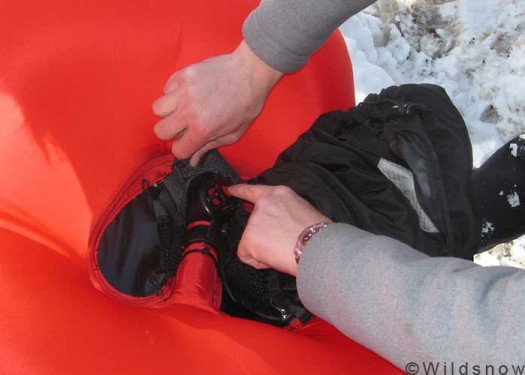
After triggering the airbag, you must deflate it and repack the airbag, the method for this will vary with the model, so I'll leave that for pack specific posts.
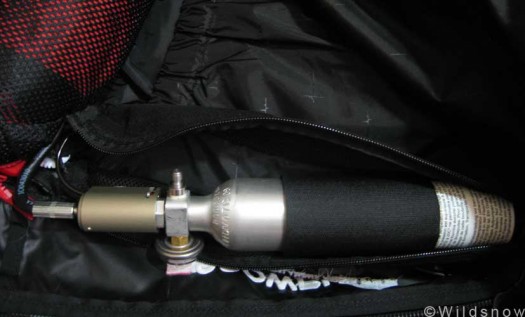
Remove the cylinder from the pack and unscrew it from the puncture unit assembly.

With the cylinder removed, you can see that the pin of the puncture unit is up. There is a red bar across the opening, which prevents you from screwing a filled cartridge onto the pin and puncturing it.
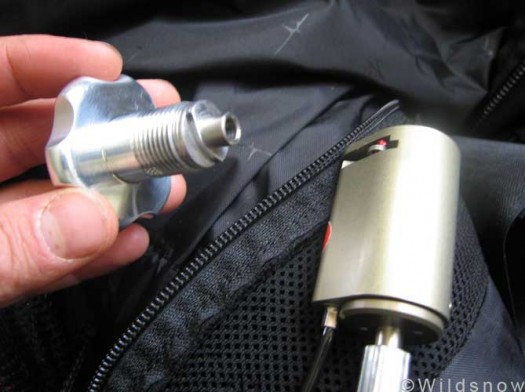
To push the puncture pin back down and push the red bar out of the way, you'll need to use the reset tool, which comes with the pack.
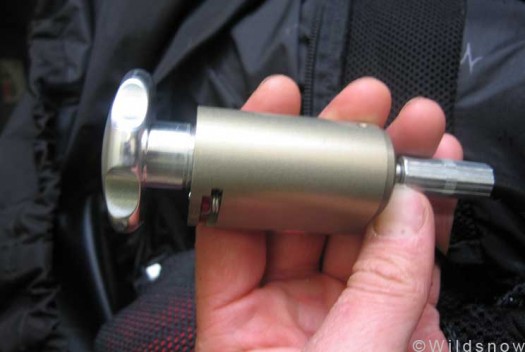
Screw the reset tool all the way in, until it comes to a hard stop. There may still be threads showing.

Remove the reset tool and verify that the red bar is out of the way and the pin is down. Sometimes it takes a few tries to get the red bar pushed to the side. The puncture unit is now ready for a new cylinder. An awesome feature of this system is that you can dry fire it without a cylinder installed. Great for testing and getting used to how hard you need to pull the handle. Of course, you should be sure to do a real test annually.

Now for the cylinder. Here you can see that the copper disc in the top has a hole in it from when it was punctured.

Get a pair of wrenches, and unscrew the disc housing from the cylinder head. It will be tight.
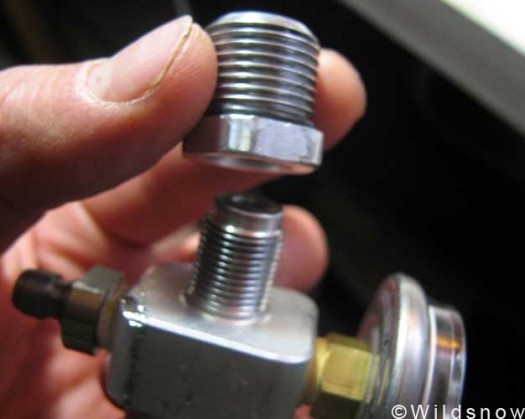
Here the disc housing has been removed.

Try to tap the disc housing against a table to knock out the copper burst disc and washer. However, you will likely need to use something to poke them out with- a nailset does the job.
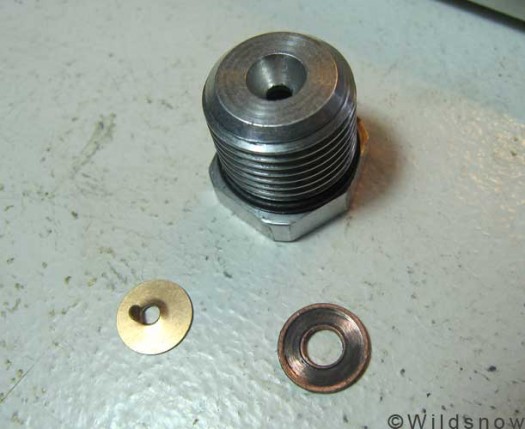
Punctured copper burst disc and copper washer seal removed. Throw away the disc. The washer can be reused a few times, but should be replaced eventually.
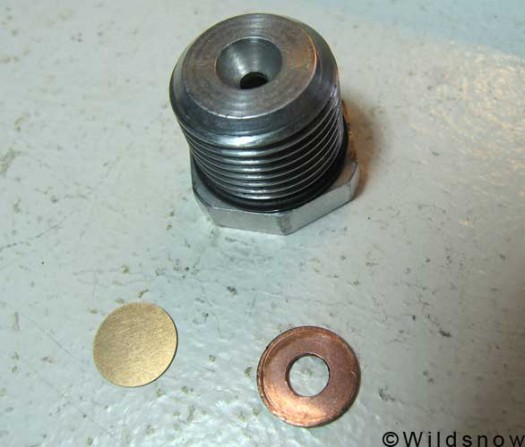
Grab a new burst disc and washer. These must be purchased separately in the Snowpulse refill kit.

Grab the washer and place it on the cylinder head. Put the side with the groove that fits snugly against the head face down. (Smooth side up)
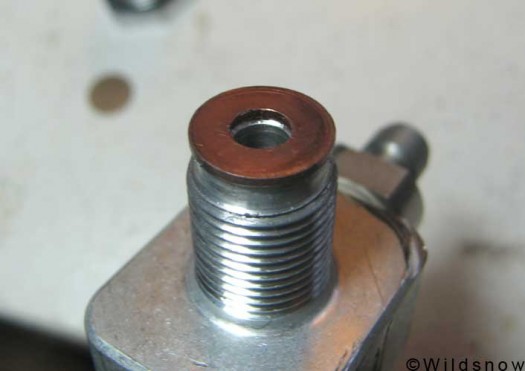
Washer installed, smooth side up. Don't fret it though, because if you put the wrong side down, you'll know if it leaks when you fill the cylinder with air, and it will most likely not leak and be fine.
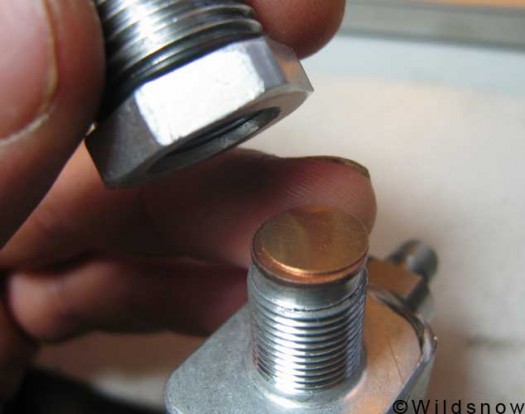
Now place the burst disc on top of the washer and screw the disc housing over the top. If you reverse the order of the washer and the disc, the bag will still inflate, but more slowly.
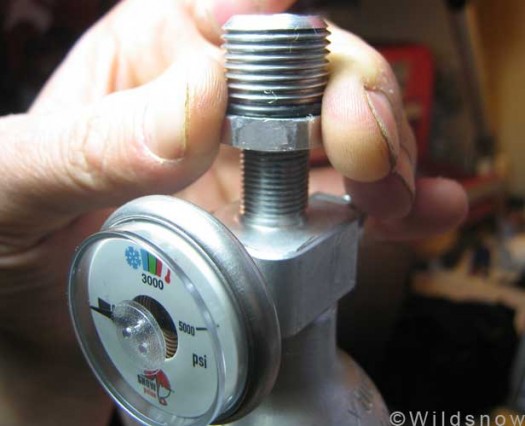
Screw the housing all the way down to the head and get the wrenches back out to tighten it. If it's not tight enough, it will leak.
Now the cylinder is ready to be filled, using the same procedure as the Snowpulse 1.0 system. Once filled, screw the cylinder back onto the backpack’s puncture unit, secure it to the pack with the velcro strap, and zip up the cover. You are now ready for your backcountry skiing or ski mountaineering.

For air travel, the cylinder head is easily removed by hand from the cylinder body so that security can see inside. Be sure to only do this with an empty cylinder! Hand tighten it back on when you reach your destination, and don't lose the o-ring.
As an extra benefit, the new system is compatible with ABS cartridges. Though this is officially not recommended, I’ve tried this and it works fine. Thus, when the new and significantly weight saving ABS carbon fiber cartridge is approved by the US Department of Transportation (yes, still waiting, though it’s available in Europe) you’ll be able to use it with your Snowpulse (who are also working on a carbon cylinder but are a year behind). Another bonus is the added flexibility if you are unable to refill your Snowpulse cylinder but are able to obtain an ABS cartridge, which are about 40 grams lighter.
For our reports on the refill process for other brands, please see our index of Avalanche Airbag blog posts.
Nick Thompson brings an incredible amount of skiing and mountaineering experience to WildSnow.com. Nick grew up climbing and skiing in the mecca of Telluride. He has a super attitude and incredible drive, making Nick one of those people who is terrific to be in the mountains with.

